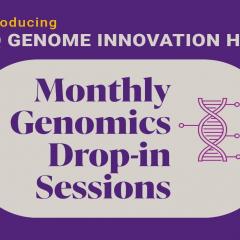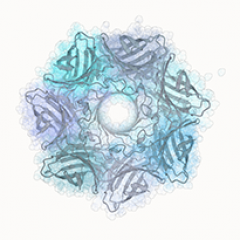Full title
M Tran, S Yoon, M Teoh, S Andersen, PY Lam, B Purdue, A Raghubar, SJ Hanson, K Devitt, K Jones, S Walters, ZK Tuong, A Kulasinghe, J Monkman, HP Soyer, I Frazer, Q Nguyen.
https://doi.org/10.3389/fimmu.2022.911873
Abstract
The ability to study cancer-immune cell communication across the whole tumor section without tissue dissociation is needed, especially for cancer immunotherapy development, which requires understanding of molecular mechanisms and discovery of more druggable targets. In this work, we assembled and evaluated an integrated experimental framework and analytical process to enable genome-wide scale discovery of ligand-receptors potentially used for cellular crosstalks, followed by targeted validation. We assessed the complementarity of four different technologies: single-cell RNA sequencing and Spatial transcriptomic (measuring over >20,000 genes), RNA In Situ Hybridization (RNAscope, measuring 4-12 genes) and Opal Polaris multiplex protein staining (4-9 proteins). To utilize the multimodal data, we implemented existing methods and also developed STRISH (Spatial TRanscriptomic In Situ Hybridization), a computational method that can automatically scan across the whole tissue section for local expression of gene (e.g. RNAscope data) and/or protein markers (e.g. Polaris data) to recapitulate an interaction landscape across the whole tissue. We evaluated the approach to discover and validate cell-cell interaction in situ through in-depth analysis of two types of cancer, basal cell carcinoma and squamous cell carcinoma, which account for over 70% of cancer cases. We showed that inference of cell-cell interactions using scRNA-seq data can misdetect or detect false positive interactions. Spatial transcriptomics still suffers from misdetecting lowly expressed ligand-receptor interactions, but reduces false discovery. RNAscope and Polaris are sensitive methods for defining the location of potential ligand receptor interactions, and the STRISH program can determine the probability that local gene co-expression reflects true cell-cell interaction. We expect that the approach described here will be widely applied to discover and validate ligand receptor interaction in different types of solid cancer tumors.
GIH contribution
As one of the sucessful outcomes from the GIH funded collaborative project "Spatial genomics technologies to study cancer and genetic diseases in tissue contexts", GIH team member Dr Sohye Yoon, as the first co-author of the paper, conducted RNAscope Hiplex and droplet digital PCR assays. Sohye also contributed to drafting the manuscript including the work-flow illustration.
Contributing author and team member, Stacey Andersen, performed the NextSeq sequencing with the ST libraries. Stacey also contributed to sample preparation and performed droplet digital PCR experiments.
Contributing author and team member Dr Brooke Purdue assisted with initial microscopy and imaging optimisations.



